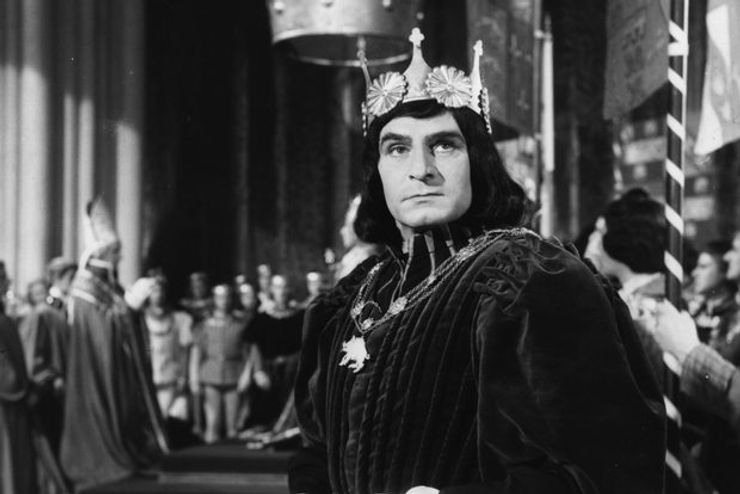By: Eric Wang
The eponymous of one of Shakespeare’s most performed works, Richard III is both an anti-hero and a villain. Beginning as someone seeking power, he turns into the villain by Act V.
In the play, Richard III is described as “an ugly hunchback, “rudely stamp’d”, “deformed”, and “unfinish’d”. This depiction turns out to have a historical basis to it.
A search for his buried bones found that the real Richard III was indeed disabled with scoliosis. Dr. José A Pérez Díez, lecturer in Early Modern Drama in the School of English at the University of Leeds, says, “His pronounced scoliosis must have affected his mobility and physical posture quite considerably. Still, he was the last English king to die on the battlefield, not just commanding his troops, but physically engaged in combat. This really tells us of a person who was determined to overcome his disability in the pursuit of his military and political career.”
This discovery shows that Shakespeare was correct in depicting Richard III as a hunchback, but he may not have been as accurate in other ways. Dr. Díez says, “Shakespeare wrote a fictional character who is also disabled, but whose malicious personality may have nothing to do with the real Richard.”
In the play, one of Richard’s first steps in his plot was winning over Lady Anne. Having done so, he proclaimed to the audience he will discard her once she has served her purpose. If that’s not evil, then I don’t know what is.
Richard’s ascent to power is depicted as bloody and scheming in the play, and he orders the executions of George of Clarence and his nephews. He betrays his cousin and ally Buckingham, and when he dies, he realizes he is all alone in the world.
In the real world, Richard only becomes king instead of Edward V because a clergyman informed Richard that Edward V and his brother were illegitimate due to Edward IV’s previous union with another. On Saturday, June 22, 1483, a sermon claiming Edward IV’s sons (Edward V and his brother) were bas***ds and that Richard was the right king was preached outside Old St. Paul’s Cathedral. Shortly after, both nobles and commons drew up a petition for Richard to assume the throne. Richard accepted and was crowned Richard III on July 6th.
In both the play and in real life, Richard fought valiantly at the Battle of Bosworth before he was unhorsed, leading to the famous quote of “My horse! My horse! My kingdom for a horse!” in the play.
Comparing Shakespeare’s famous play to history does open up some inconsistencies, but The Tragedy of King Richard the Third is still one of the most performed and well-received plays of all time. A little fact-checking does mollify the malicious image of the disabled “tyrant” Richard III.
Original Article: https://s3.amazonaws.com/appforest_uf/f1658690023690x712249598683719200/Why%20Shakespeare%27s%20Richard%20III%20became%20a%20controversial%20villain%20-%20BBC%20Culture.pdf
Supporting Articles:











